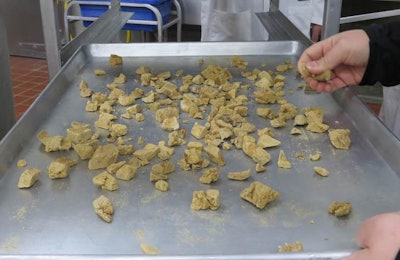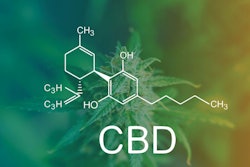
As pets have become true family members, with their “parents” seeking to feed them similarly to how they feed themselves, human food trends have played a significant role in pet food product development and marketing strategy. Likewise, concerns that consumers have about their own food are carrying over into their pets’ diets, too.
Take processing: You may remember seeing headlines over the past year proclaiming the dangers and health risks of “ultra-processed” foods. Yet, as with many factors related to something as intrinsic and core to our lives, holding even an emotional value – food (and, by extension, our pets’ food) – such claims and headlines tend to oversimplify and get ahead of the science.
“When I looked past the headlines and took an objective assessment of the facts, I realized this is a highly complex, personal topic that requires deeper understanding,” wrote Bryan Hitchcock, senior director of food chain and executive director of the Global Food Traceability Center for the Institute of Food Technologists (IFT). His comments appeared on IFT’s blog, Brain Food.
“Processed foods can be, and often are, misunderstood,” Hitchcock continued. “There are many different types of processed food and some can be unhealthy, especially when made with high amounts of sugar, salt or fats. But many are healthy and offer a lot of nutritional value as well as greater accessibility to many people. So why the confusion? Classification systems, which by design, try to simplify criteria to help make things more easily understood, can sometimes go too far and oversimplify our highly complex, global food system.”
Processing parallels to pet food
Hitchcock explained his comments in relation to a particular classification system that defined an “ultra-processed” food category. While pet food doesn’t have the same types of classifications, I think many of the same issues apply. Pet food nutrition, processing and safety are quite complex and sophisticated, meaning they’re not easily communicated or understood by many consumers. Thus, oversimplification and misperceptions often happen with pet food, too.
On the other hand, concerns about traditional processing of pet foods – extruded or canned, for the most part – have also contributed to the rise of newer formats and categories that are providing many opportunities for innovation and market growth. Though dry extruded pet food still dominates the global market, followed in a somewhat distant second by wet food, these other categories are growing fast from a small base.
For example, in the U.S., pet specialty channel (brick-and-mortar pet stores), Nielsen reports the following for 2018:
- Frozen pet foods accounted for 3.7% of new product launches (up from 2.9%), US$136 million in sales, 15% growth and a 1.4% market share;
- Freeze dried full meals held steady at 2.7% of new product launches but saw 20% sales growth, to US$112 million, and a 1.4% share;
- Dehydrated full meals enjoyed an increase in new product launches from 1.8% to 3.3%, plus US$56 million in sales, representing 23.7% growth and a 0.7% share.
Not included in this data (as far as I know) are other niche categories that are showing up more and more at pet trade shows and on retail shelves, such as air-dried, baked, gently cooked (sold shelf stable as is or refrigerated) and the latest, sous vide pet food.
Not just about what’s in the pet food
Some pet food and market experts group all these smaller categories under a collective “fresh pet food” label; and of course, not all fresh pet food is new. Pioneers like Freshpet have been on the market for over 10 years and now are available in grocery and mass outlets, contributing to the “mass premiumization” phenomenon under way in the pet food market.
The bottom line: As with their own food, many consumers care as much about how their pets’ food is made as what’s in it, and that promises to only increase.

















